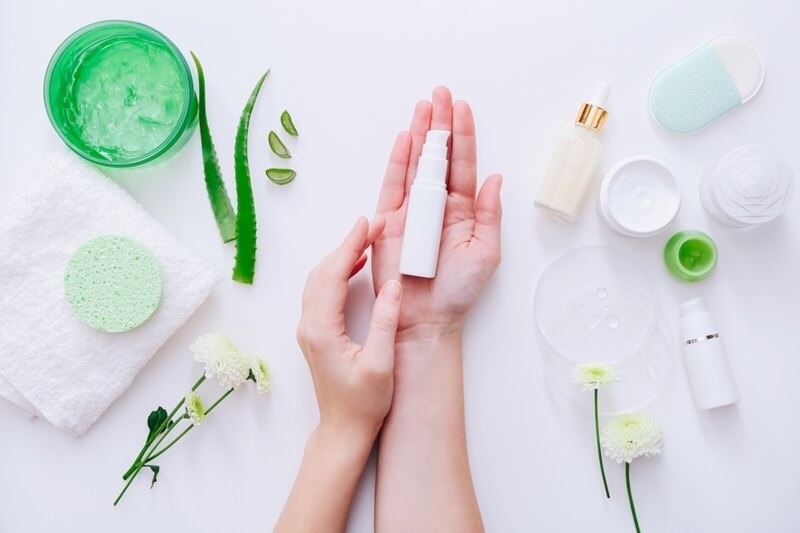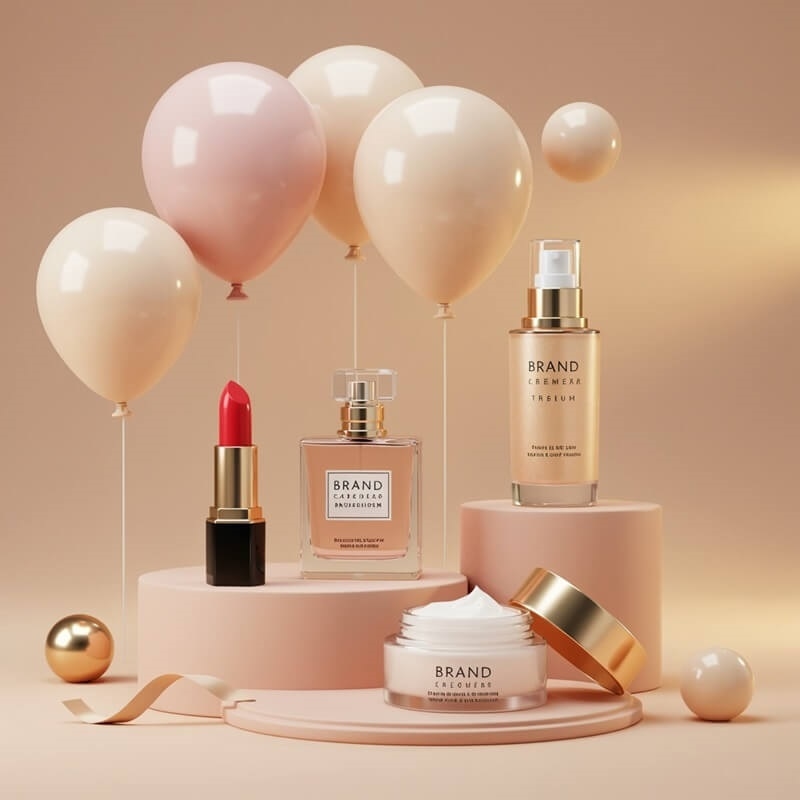
Every few years, the beauty world gets a wake-up call — a moment that changes how people see skincare. Right now, that moment is waterless beauty. It’s not a passing trend or a marketing buzzword; it’s a full-on rethink of what goes into the products sitting on your bathroom shelf.
We’ve spent decades using cleansers, creams, and shampoos packed in pretty bottles, all promising miracles. Yet, most of them were filled with something we rarely thought twice about — plain water. It made formulas lighter, easier to spread, and cheaper to produce. But as the world gets more conscious about what we use and how it affects the planet, the beauty industry has started asking harder questions.
Do we really need that much water in our products?
That question sparked a quiet revolution — one that’s turning into a global shift known as the waterless beauty products trend.
The idea sounds radical at first. Beauty without water? But it makes perfect sense when you think about it.
Traditional skincare products can be up to 80 or even 90 per cent water. That means you’re paying for bulk, not potency. It also means more preservatives, more packaging, and more environmental impact during shipping. When brands remove water, everything changes — products become smaller, stronger, and more sustainable.
This isn’t about cutting corners. It’s about sustainable beauty innovation — doing more with less. Concentrated formulas mean fewer fillers and more active ingredients that your skin can actually use.
And let’s be real — it also feels good knowing your skincare routine is doing something kind for the planet.
The movement began quietly, somewhere in Seoul. K-beauty brands started crafting concentrated serums and solid cleansers with no added water. It wasn’t just a sustainability statement; it was smart science. These formulas stayed fresher, lasted longer, and delivered visible results faster.
It didn’t take long for global brands to catch on. Europe embraced solid shampoo bars and dry masks. American skincare labels launched concentrated moisturizers and powdered cleansers. Before anyone realized it, the movement had spread from niche to mainstream.
Today, the waterless beauty products trend isn’t limited to skincare — it’s showing up in makeup, haircare, and even body products. It’s becoming the standard for what “clean beauty” truly means.

When you remove water, you’re forced to replace it with something richer — botanical oils, natural butters, fruit enzymes, or powdered extracts. That’s what makes water-free cosmetics so potent. Every swipe, every scoop, every drop is packed with goodness instead of filler.
And because there’s no water, these products don’t need as many preservatives. That means fewer irritants and fewer artificial chemicals. They stay stable longer, smell fresher, and keep their texture beautifully intact.
It’s a new kind of luxury — not about price or packaging, but about purity and purpose.
You’ve probably seen them — small jars that look half the size of your regular moisturizer, yet claim to last twice as long. That’s because concentrated beauty products are all about efficiency. They’re made to deliver results with less waste.
Imagine a cleanser that fits in your palm but lasts three months. A balm that replaces both your night cream and serum. Or a powdered mask that turns into a creamy paste with just a few drops of water. It’s minimalist skincare without compromising results.
And the best part? These products travel like a dream. No spills, no restrictions, no bulky bottles.
Let’s be honest — sustainability used to sound like an extra effort. Now, it feels like common sense.
Eco-conscious skincare isn’t just about recycling packaging anymore; it’s about rethinking the entire lifecycle of a product — from ingredients to disposal. Waterless beauty fits naturally into that. It uses less energy to make, less fuel to transport, and less plastic to package.
For the average person, that means fewer bottles cluttering the bathroom and a little less guilt about waste. For the planet, it means a tangible step toward preserving what we’re running out of most — clean water.
Small change. Big difference.
If there’s one part of this movement stealing the spotlight, it’s the powder beauty trend. And it’s easy to see why.
There’s something oddly satisfying about scooping a fine, silky powder and mixing it with a few drops of water in your palm. It’s like turning into your own formulator for a minute. And because you activate it fresh each time, it’s always potent.
You control the texture. Add more water for something lighter, less for something richer. It’s custom skincare in the most effortless way possible.
From cleansers and exfoliants to vitamin C treatments, the powder format is everywhere — and it’s here to stay.
Thinking of trying waterless skincare? You don’t have to throw out your current products. Start small.
Here’s a simple way to begin:
In a few weeks, you’ll notice not just the results but how much easier your routine feels. Less mess. Less waste. More impact.
Let’s talk about the biggest misconceptions people have about waterless beauty.
Myth 1: Waterless products are dry.
Not at all. They’re usually full of nourishing oils and butters that hydrate deeply.
Myth 2: They’re complicated.
Most are easier to use than you’d expect. A bar instead of a bottle, a powder instead of a paste — that’s it.
Myth 3: They’re expensive.
They may cost a bit more upfront, but because they’re concentrated, they last much longer. You end up saving in the long run.
Myth 4: It’s just another trend.
Nope. This is part of a bigger global movement towards sustainability — one that’s here to stay.
Beauty has always reinvented itself — from clean beauty to cruelty-free to refillable packaging. But this one hits deeper. The waterless beauty products trend isn’t just about what’s in the bottle; it’s about what’s left out — and why that matters.
It’s not an aesthetic change. It’s a cultural one. We’re learning to value minimalism, intention, and mindfulness in every part of life — including how we care for our skin.
When you use less but get more, it just makes sense.
The next wave of beauty innovation is already here. Smaller, stronger, smarter — that’s where we’re heading. Solid shampoos, concentrated serums, and refillable sticks are becoming the norm. It’s the evolution of convenience meeting consciousness.
And for once, it feels like we’re getting it right.
Concentrated beauty products remind us that luxury doesn’t have to be wasteful. That simplicity can be beautiful. That skincare can care for the world as much as it does for us.
This isn’t the end of the beauty industry as we know it — it’s the start of a smarter one.
When you strip skincare down to its essentials, something magical happens. You start seeing what really matters — ingredients that work, packaging that lasts, routines that make sense.
The waterless beauty movement isn’t asking you to change everything overnight. It’s just nudging you to look at your shelf differently — to choose better, not more.
Because sometimes, the most sustainable choices don’t shout. They whisper.
And that quiet shift — that simple decision to care — is what will shape the future of beauty.
This content was created by AI